About This Article
This guide was created by culinary experts with extensive experience in Mexican cuisine and pepper varieties. Our team includes professional chefs, food historians, and certified spice specialists who have tested and documented information about pasilla peppers through years of culinary practice and research. All information is verified against authoritative culinary sources and Mexican food traditions.
Table of Contents
What Is Pasilla Pepper?
The pasilla pepper (chile pasilla) is the dried form of the chilaca pepper, a variety of Capsicum annuum. It's one of the "big three" Mexican chiles (along with ancho and guajillo) used in traditional mole sauces and other regional dishes. When fresh, it's called chilaca; when dried, it becomes pasilla. This pepper is characterized by its long, narrow shape (6-8 inches), dark brown to black color, and wrinkled texture.
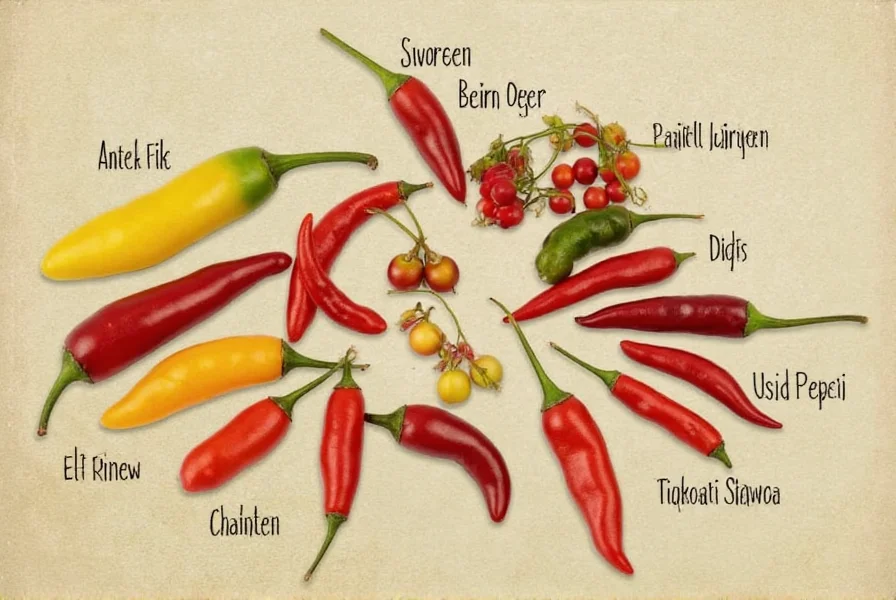
Flavor Profile and Heat Level
Pasilla peppers have a complex flavor profile with deep, smoky notes, earthy undertones, and subtle sweetness reminiscent of dried berries or raisins. They offer a mild heat level ranging from 1,000 to 2,500 Scoville Heat Units (SHU), making them significantly milder than jalapeños (2,500-8,000 SHU) but slightly hotter than bell peppers (0 SHU). The heat builds gradually rather than being immediately intense, allowing the rich flavors to shine through.
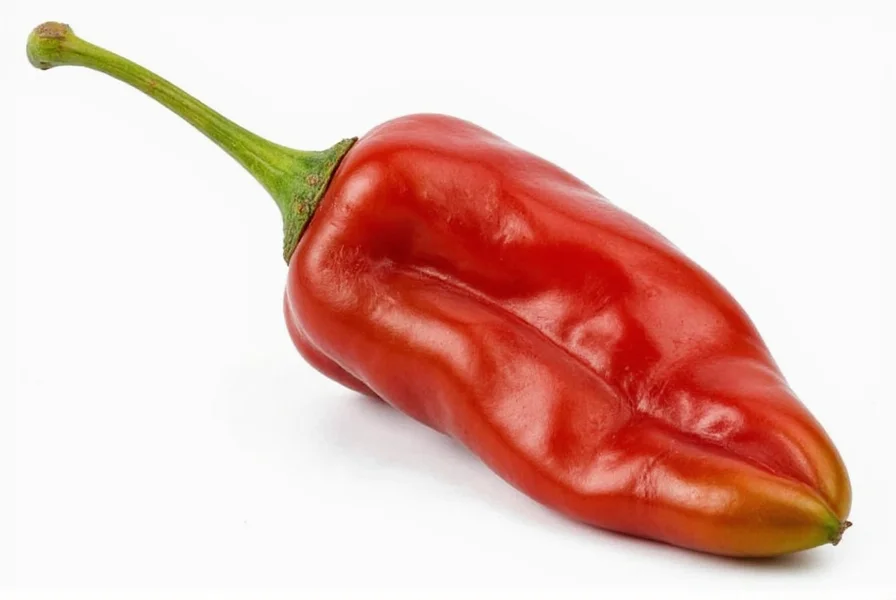
Cooking With Pasilla Peppers
Pasilla peppers are most commonly used in dried form for sauces, stews, and moles. Here's how to use them effectively:
- Rehydration: Soak dried pasilla peppers in hot water for 20-30 minutes until soft and pliable before using
- Toasting: Briefly toast dried peppers in a dry skillet (15-20 seconds per side) to enhance flavor before rehydrating
- Sauce base: Blend rehydrated peppers with tomatoes, onions, garlic, and spices for authentic Mexican sauces
- Stews and braises: Add whole or chopped peppers to slow-cooked dishes for depth of flavor
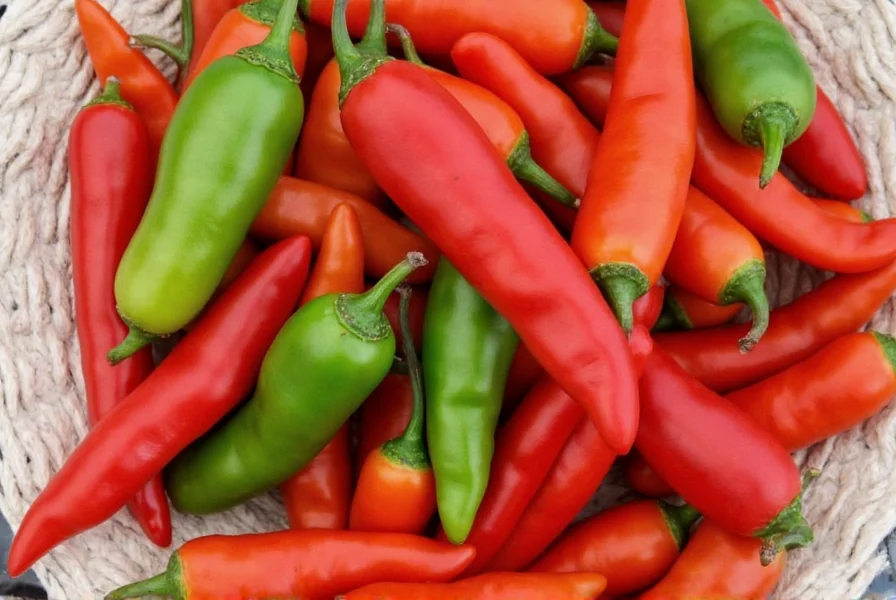
Buying Guide: How to Choose the Best Pasilla Peppers
When purchasing pasilla peppers, look for these quality indicators:
| Quality Indicator | What to Look For | Avoid |
|---|---|---|
| Appearance | Dark brown to black color with uniform wrinkled texture | Bright red or green peppers (not fully dried) |
| Smell | Strong, rich, smoky aroma | Flat, musty, or moldy smell |
| Texture | Brittle and easy to break | Soft, damp, or flexible peppers |
| Packaging | Sealed in airtight containers with clear origin information | Loose or poorly packaged peppers |
For best results, purchase from specialty spice retailers or Mexican grocery stores that have high turnover. Store in a cool, dark place in an airtight container for up to one year, or freeze for longer storage.
Substitutes for Pasilla Peppers
While pasilla peppers have a unique flavor, these alternatives can work in a pinch:
- Ancho pepper: Slightly sweeter and milder, but shares similar smoky notes
- Guajillo pepper: Similar heat level with brighter, fruitier notes
- Chipotle pepper: Smokier and hotter, use half the amount for similar smokiness
- Dried mulato pepper: Similar flavor profile but slightly sweeter and less smoky
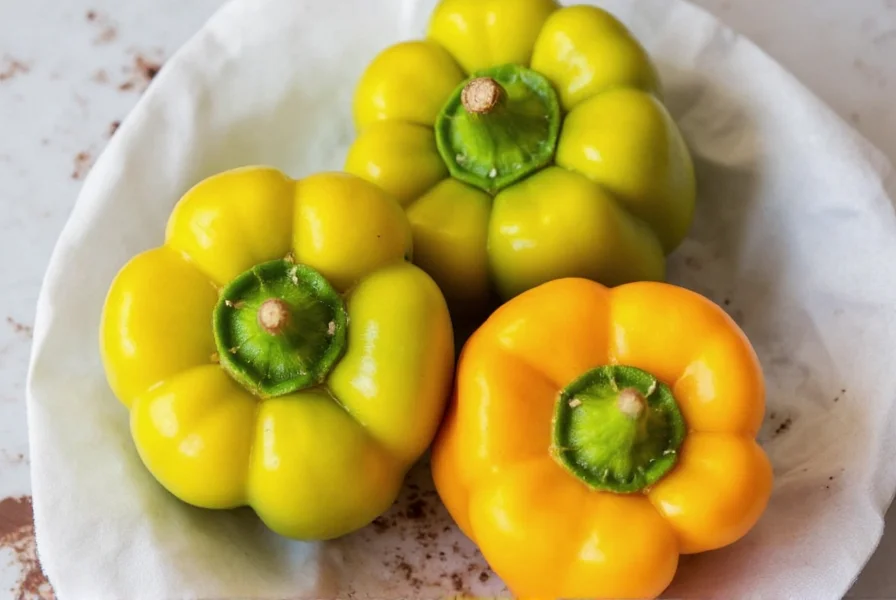
Frequently Asked Questions About Pasilla Peppers
What's the difference between pasilla and poblano peppers?
This is a common confusion! Fresh poblano peppers become ancho peppers when dried, while fresh chilaca peppers become pasilla peppers when dried. Poblanos are larger, heart-shaped fresh peppers, while chilacas (fresh pasillas) are long and narrow. When dried, ancho peppers are wider and flatter than pasilla peppers.
How do I prepare dried pasilla peppers for cooking?
Remove stems and seeds, then soak in hot water for 20-30 minutes until soft. For enhanced flavor, toast in a dry skillet for 15-20 seconds per side before soaking. Once rehydrated, blend into sauces or chop for stews. Always wear gloves when handling dried peppers to prevent skin irritation.
What dishes are best made with pasilla peppers?
Pasilla peppers are essential for traditional Mexican mole sauces (especially mole negro), enchilada sauces, and adobos. They also work well in chili, stews, and salsas where a smoky, complex flavor is desired without overwhelming heat. They're particularly good in dishes that benefit from slow-cooked depth of flavor.
How should I store pasilla peppers?
Store dried pasilla peppers in an airtight container in a cool, dark place. Properly stored, they can last up to a year. For longer storage, keep them in the freezer where they can maintain their flavor for up to two years. Avoid storing them in humid environments as moisture can cause them to spoil.

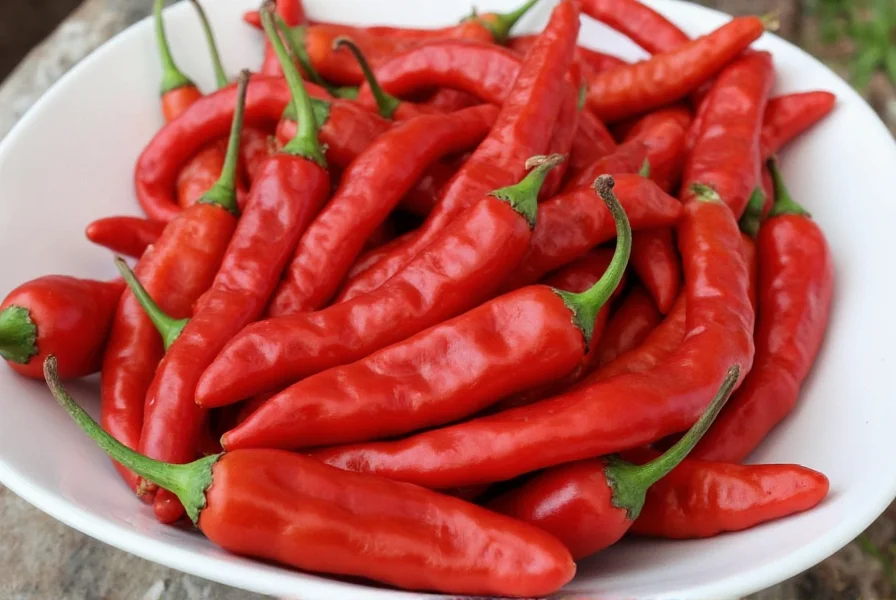









 浙公网安备
33010002000092号
浙公网安备
33010002000092号 浙B2-20120091-4
浙B2-20120091-4